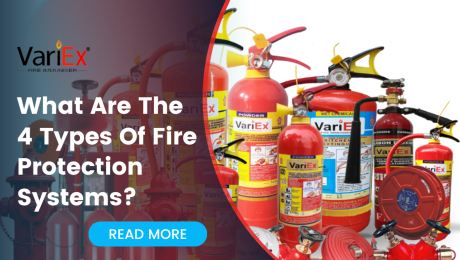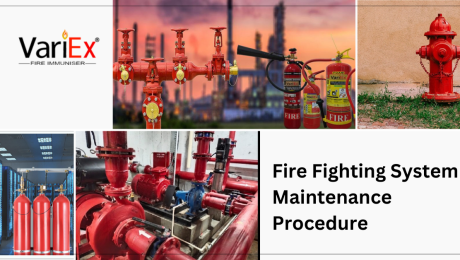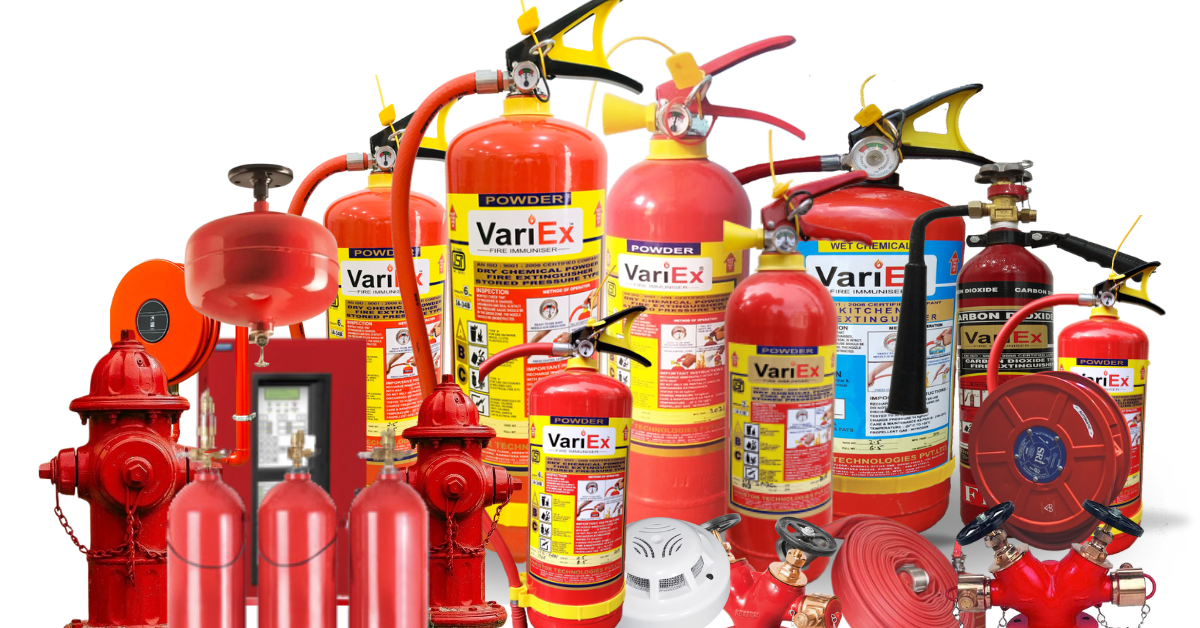Fire sprinkler systems in Bengaluru are essential for ensuring fire safety in the city’s rapidly growing urban landscape. As Bengaluru expands with numerous high-rise buildings, commercial complexes, and residential apartments, fire protection has become a priority. Fire sprinkler systems are mandatory in many buildings as per National Building Code (NBC) and local regulations, especially in high-rise structures, hotels, hospitals, and industrial facilities.
Types of Sprinklers:
Wet Pipe Systems: Common in residential and commercial buildings, providing immediate water discharge.
Dry Pipe Systems: Used in areas susceptible to freezing temperatures.
Pre-action Systems: Often installed in data centers or museums to avoid accidental activation.
Deluge Systems: Used in high-risk environments like chemical plants.
In Bengaluru, fire sprinkler systems are integrated with fire alarms and detection systems to provide quick response to emergencies. Regular maintenance and periodic inspections ensure that these systems remain effective and compliant with safety standards, providing reliable protection for people and property.
What Are The 4 Types Of Fire Protection Systems?
- Published in ABC Fire Extinguisher, CO2 Fire Extinguisher, Fire Alarm, Fire Extinguisher, Fire Fighting System, FIre Hydrant, Fire Safety Equipment, Fire Sprinkler System, Fire Suppression
Fire Fighting System Maintenance Procedure
Regular maintenance of fire fighting systems is essential to ensure their continued functionality and reliability in the event of a fire emergency. This guide outlines the key procedures involved in maintaining fire suppression systems to mitigate risks and protect lives and property.
1. Scheduled Inspections:
- Conduct scheduled inspections of all components of the fire fighting system, including control panels, piping, nozzles, detectors, fire alarms system, and fire extinguishers.
- Inspections should be performed by qualified technicians according to manufacturer guidelines and regulatory requirements.
2. Functional Testing:
- Perform functional tests of the entire fire fighting system to verify proper operation and response.
- Test alarms, detectors, and suppression equipment to ensure they activate as intended.
- Simulate fire scenarios to assess the system’s effectiveness in detecting and suppressing fires.
3. Inspection of Components:
- Inspect piping, valves, and nozzles for signs of corrosion, leaks, or damage.
- Check detectors and alarms for proper positioning, cleanliness, and functionality.
- Verify that control panels and electrical connections are secure and free from defects.
- 1
- 2




